Want to hike one of the beautiful multi-day long-distance trails in Ireland on your next holiday? Good choice! I’m already looking forward to it with you!
Page Contents (click line to jump the text)
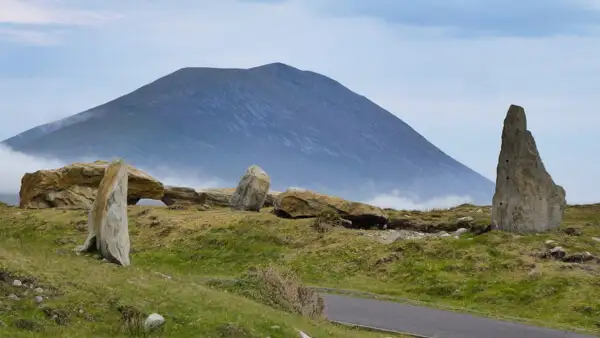
Intro
Now the only question is what to pack – and what not to pack? I assume that you already have an idea about your hiking gear. If not, you will find another article on this blog about clothing and equipment for day trips.
By the way, we live in Ireland (second home) and I have done a lot of hiking in Wicklow Mountains and other places myself. We have travelled the island again and again over many years and therefore know it very well.
And now for the multi-day tours, to find out what you need, you can answer a few basic questions yourself in advance:
#1 What time of year are you going and what kind of weather can you expect?
#2 Which route have you chosen – easy or difficult terrain?
#3 Will you be carrying all your luggage all the time, or have you booked an organised tour with luggage transport (and overnight stays)?
#4 Will you be camping on the way, or staying in permanent accommodation?
So, let`s look into those questions and answers in more detail:
#1 Season and weather
In summer you can expect an average of 15-25 degrees Celsius in Ireland. At night it usually cools down to around 10-15 degrees. It can be cooler or warmer at times, but that tends to be the exception. You should always expect rain, but in summer it’s often just short showers or a bit of drizzle, not long-lasting rain. It can always be windy on the Irish island, even in summer.
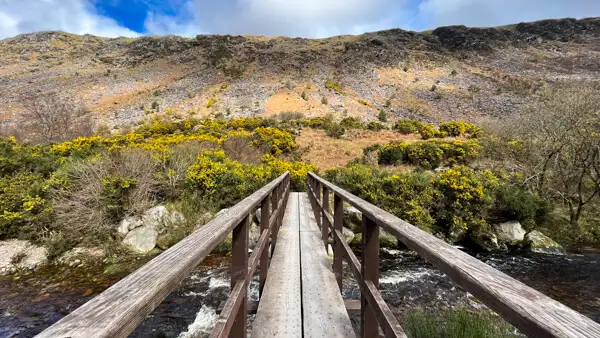
In spring or autumn you can expect temperatures of 8-15 degrees, at night 6-10 degrees. It can be stormy and if a low-pressure area moves across the Atlantic, it can rain for longer.
This will give you a good idea of what clothes to bring and how thick your sleeping bag should be.
#2 Easy terrain or more challenging ground
There are long-distance trails with a high proportion of road and occasional gravel paths and there are some with bumpy rough stony paths through the mountains and damp muddy forest paths or high moorland.
On hard but well-surfaced surfaces, such as road or good gravel paths, good cushioning hiking boots that are not too stiff are a good choice. With stiff hard mountain boots, the road may be very hard on your feet and back.
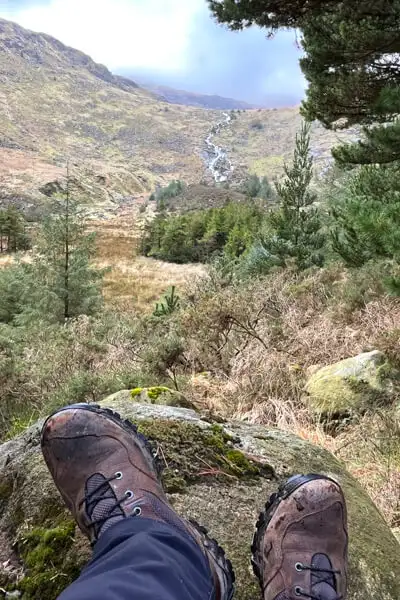
On rough, stony ground, the soles must not be too soft, otherwise the stones will push through and torture your feet. There is also less risk of twisting an ankle with sturdier footwear. Sturdier trekking boots make more sense here, especially if you are carrying a large backpack.
#3 Large backpack or small daypack?
If you have booked an organised tour, you can pack more generously and have a travel bag that can also hold a second pair of hiking boots and other practical things.
Above all, you can then hike during the day with light daypacks, which is an immense relief.
#4 Overnight stay in a tent or in permanent accommodation?
This is almost self-explanatory: If you want to camp, you’ll have to add your camping equipment to your luggage.
You will also need to choose a large backpack to carry the camping equipment.
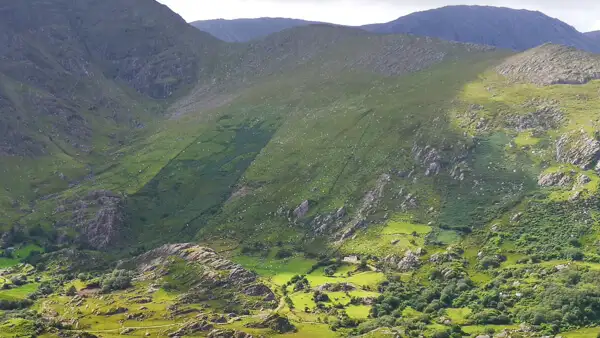
Your individual packing list
So, now you have an idea of what to expect. You will have noticed that I didn’t ask you about the duration of your trip? Honestly, it doesn’t really matter if you are going for 5 days or 10 days.
There are things you will always need, and if you go for a few days longer, then you will need some extra underwear. You won’t have room for much more.
Below I would like to give you a sample packing list for the “maximum case”: cool season, more demanding and changing terrain, you carry your own luggage and you also have your camping gear with you.
If any of this does not apply to you, you can shorten the list for yourself. This list is primarily intended as a suggestion and help for your planning:
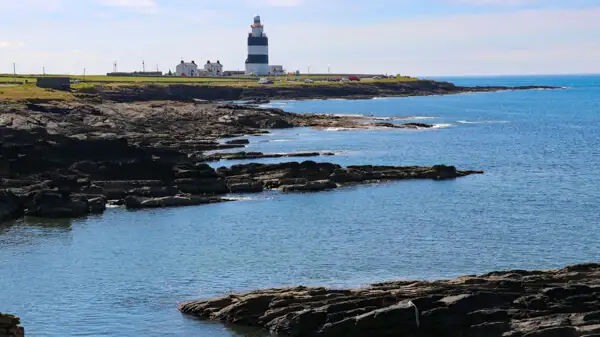
Ultimate sample packing list
1 Backpack: 65 litres with good carrying system and integrated rain cover.
2 3-6 waterproof inner pack pockets
3 One pair of trekking poles, adjustable
4 A pair of thin or medium gloves, quick drying, suitable for the poles.
5 Light 1.5-2 person tent, large enough for all luggage to fit in the dry
6 Insulated mat or light air mattress (or Therm-a-Rest)
7 Sleeping bag for the cooler season, comfort range at 0 degrees or below.
8 Inflatable pillow or soft pillow
9 Cookware small
10 Cooking utensils
11 Pocket knife (with can opener)
12 Cooker, gas or petrol, with enough fuel, lighter
13 Mug or cup
14 Water bottles for at least 2 litres of water on the road
15 Water bag for the cooker
16 Light provisions for cooking, e.g. trekking food
17 Emergency rations: Muesli bars, trail mix, etc….
18 Other provisions of your choice – can be bought locally
19 Tea bags or instant coffee
20 Soup bags – good for warming up in the morning/evening
21 Vitamin tablets
22 Mineral tablets, magnesium
23 Necessary personal medication
24 Minimal toilet bag / wash kit
25 Small first aid kit
26 Plaster and blister plasters
27 Wound and disinfection ointment (for open blisters)
28 Painkillers, muscle balm if necessary
29 Waterproof jacket
30 Waterproof trousers
31 Softshell or fleece jacket to wear underneath
32 2 fleece shirts, pullovers or comparable insulating layers
33 2 sets of functional underwear (long), one set you can also use as pyjamas
34 Short underwear (functional underwear) as needed
35 Sturdy, well-fitting, sturdy, waterproof trekking boots
36 Flip-flops or Crocs if you don’t wear the hiking boots
37 Several sets of good hiking socks, thicker and thinner to change into.
38 Hat, cap and sunglasses. (Sunscreen and mosquito repellent are probably not necessary in the cooler months).
39 Compass
40 Maps of the hiking area
41 GPS device with charging cable
42 Hiking guide/book for the route
43 Signal whistle for emergencies
44 Smartphone with charging cable
45 Possibly tripod or handheld stick for smartphone photos
46 Socket adapter for Ireland
47 Power bank for smartphone
48 Headlamp or torch, spare batteries if necessary
49 ID cards, bank cards and cash
50 Booking documents and other important information
Last but not least
Maybe you can think of something important that is not on this list, and maybe you don’t need all of it – that’s fine. You will “get” to carry your luggage and only you should decide what goes into your backpack.
A good tip at the end: Maybe you pack everything you have planned in good time before the holiday and do a small test hike with it. At home. Find a more challenging route and walk for 2-3 hours with your full pack.
Does it all fit? Is the weight well distributed? Can the backpack be carried easily? The backpack will rarely be too light and usually too heavy…
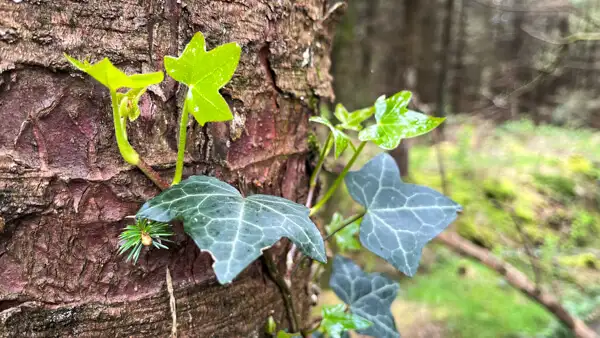
After your test hike you can unpack everything again and maybe there is something you don’t really need that you can leave at home…
And now I wish you a wonderful multi-day hiking tour in Ireland!
More interesting articles for you
HIKING WITHOUT CARRYING ALL THE LUGGAGE IN IRELAND – WHAT ARE THE OPTIONS?
22 TIPS FOR YOUR HIKING VACATION IN IRELAND
THE BEARA WAY
THE DINGLE WAY
Photo credits cover photo: Mountains in County Donegal, photo: Ulrich Knüppel-Gertberg (www.irland-insider.de, www.ireland-insider.com)